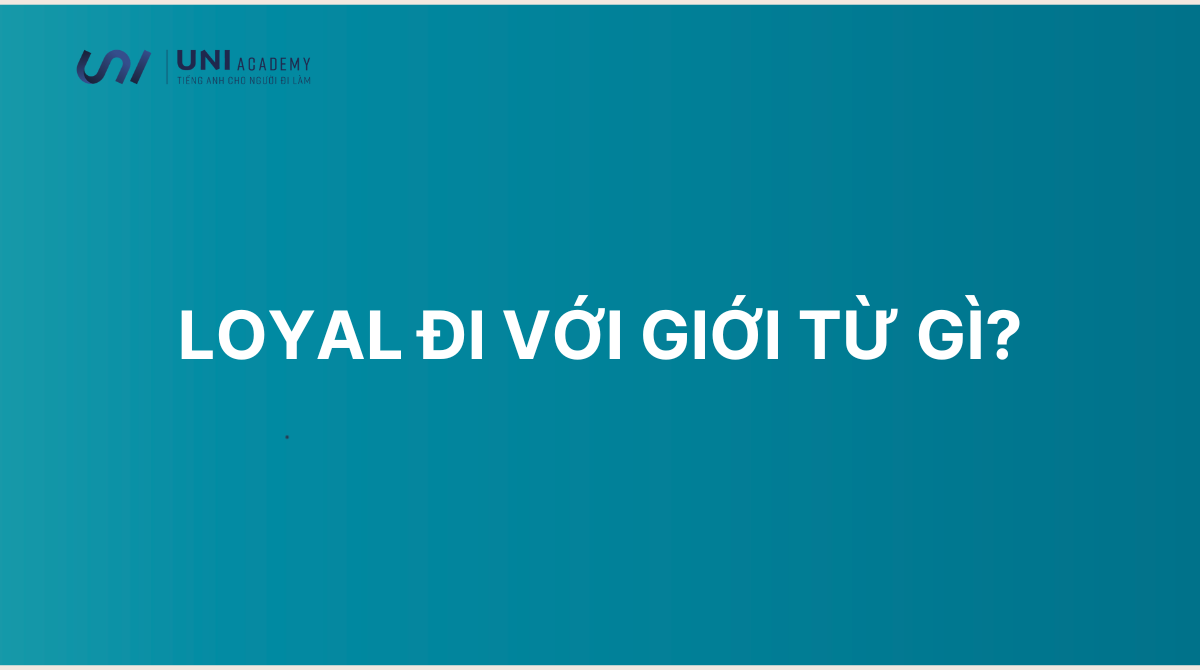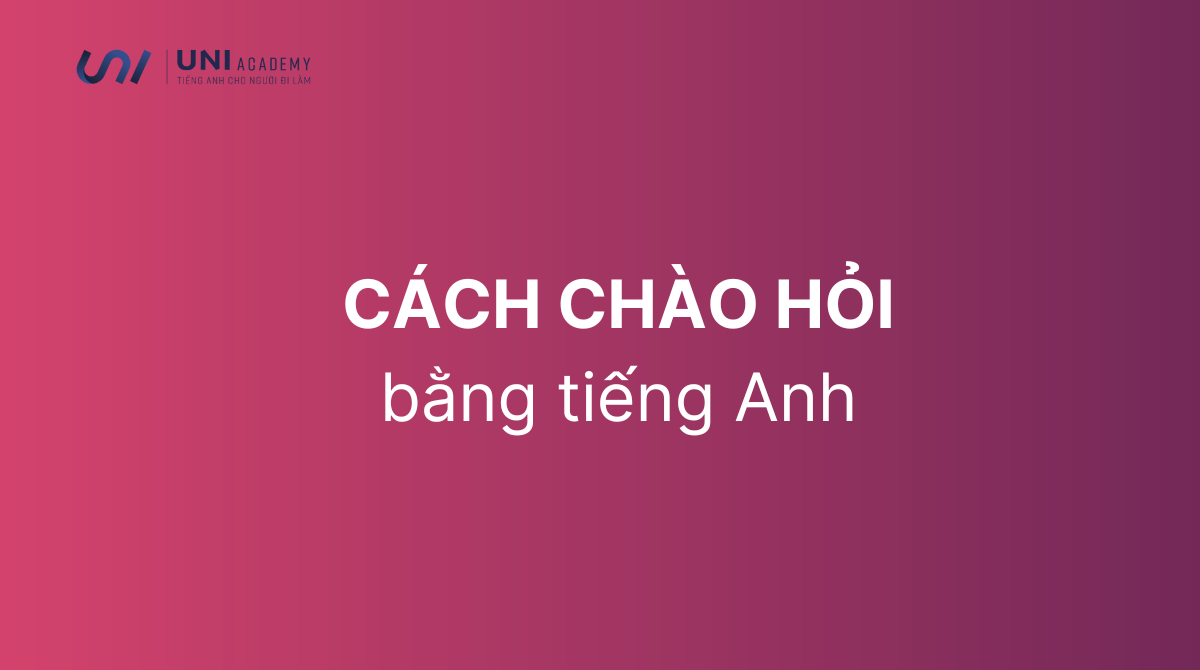Việc sử dụng dấu câu chính xác cũng rất quan trọng trong trường hợp bạn muốn gây ấn tượng với người đọc thông qua bài viết của mình. Vậy các dấu trong tiếng Anh được viết như thế nào và sử dụng ra sao, hãy cùng Unia.vn khám phá bài viết sau đây nhé!
Nội dung chính
1. Dấu câu trong tiếng Anh
Dấu câu trong tiếng Anh có thể được chia làm 3 nhóm:
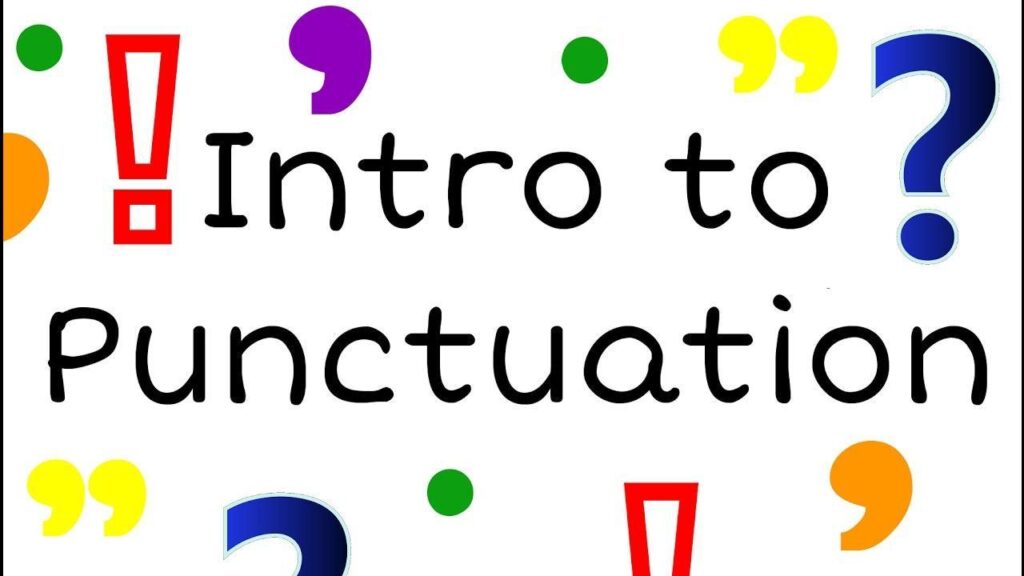
Nhóm dấu câu kết thúc câu:
- Dấu chấm (period).
- Dấu hỏi (question mark).
- Dấu chấm than (exclamation point).
Nhóm dấu câu trong 1 câu:
- Dấu phẩy (comma).
- Dấu hai chấm (colon).
- Dấu chấm phẩy (semicolon).
- Dấu gạch ngang (dash).
- Dấu ngoặc kép (quotation mark).
- Dấu ba chấm (ellipsis).
- Dấu ngoặc đơn (parentheses).
Nhóm dấu trong một từ:
- Dấu nháy đơn (apostrophe).
- Dấu gạch nối (hyphen).
2. Chức năng dấu câu trong tiếng Anh
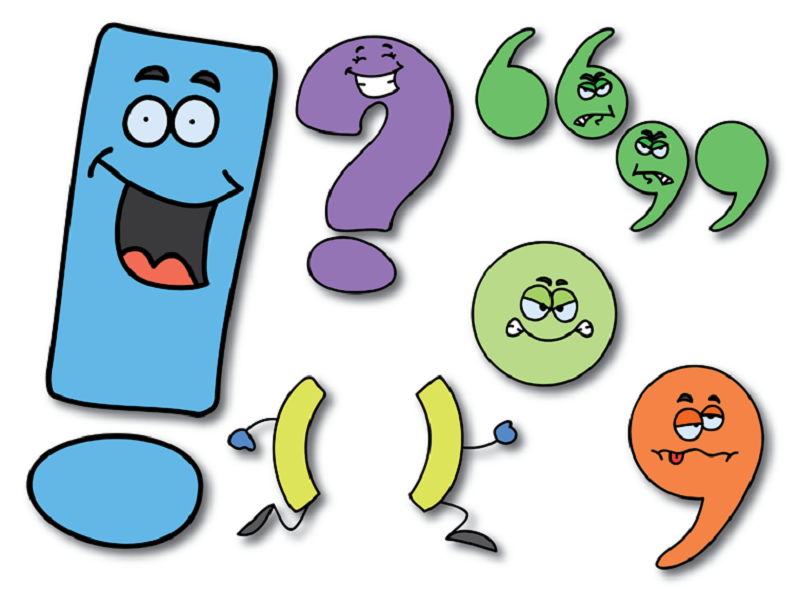
2.1. Dấu câu kết thúc câu
| Loại dấu câu | Chức năng và ví dụ |
| Period (dấu chấm) | Chủ yếu được sử dụng ở cuối câu hoặc lời khẳng định được coi là hoàn chỉnh. Ví dụ: Thank you for your gift. Dấu chấm câu cũng được sử dụng sau chữ viết tắt. Ví dụ: Mr. Donald. |
| Question mark(dấu hỏi) | Nếu một câu đặt ra một câu hỏi trực tiếp, nó sẽ kết thúc bằng một dấu hỏi. Ví dụ: What happened? Why did Susan eat chicken at home this morning?Should we do the homework? |
| Exclamation point(dấu chấm than) | Để nhấn mạnh hoặc để chỉ ra rằng các từ đang được nói trong sự phấn khích, ngạc nhiên hoặc báo động. Ví dụ: Get out of my room! Haizzz! I feel so tired.“Oh no!” She stared at the mess in dismay. Lưu ý: Các dấu chấm than thường không thích hợp trong văn bản trang trọng như các bài tiểu luận học thuật hoặc báo cáo kinh doanh. Chúng ta chỉ nên sử dụng một dấu chấm than khi viết một cái gì đó không trang trọng. (Chẳng hạn như tin nhắn văn bản cho bạn bè). |
2.2. Dấu câu trong 1 câu
| Comma(dấu phẩy) | Để phân tách hai câu hoàn chỉnh. Ví dụ: We went to the movies, and then we went out to lunch. Để phân tách các từ liệt kê từ 3 cái trở lên trong 1 câu. Ví dụ: We need tea, coffee, sugar, and milk. Lưu ý: Khi liệt kê hai đối tượng, không sử dụng dấu phẩy để phân tách mà dùng “an” (A and B). Nếu muốn liệt kê hai đối tượng trở lên, thì nên sử dụng dấu phẩy trước từ nối “and” hoặc “or”. Để phân tách các phần trong ngày tháng. Ví dụ: July 4, 1776, was an important day in American history. I was born on Sunday, May 12, 1968. Để tách 2 mệnh đề độc lập (2 mệnh đề có đầy đủ S và V), được nối với nhau bằng FANBOYS (for, and, nor, but, or, yet, so …). Ví dụ: We visited Paris in September, and then we visited Berlin in October.We’ve invited the boss, but she may decide not to come. Đối với câu có mệnh đề quan hệ xác định, ta thêm dấu phẩy giữa mệnh đề quan hệ và danh từ mà nó bổ nghĩa. Ví dụ: Gorillas, which are large and originate in Africa, can sometimes be found in zoos. Khi chúng ta bắt đầu câu bằng các trạng từ và từ nối như Nowadays, Recently, Firstly, Secondly, Finally, Furthermore, In addition, Also, However, By contrast, On the other hand, In my opinion,… Hãy thêm dấu phẩy sau chúng Ví dụ: Nowadays, children challenge their parents’ authority far more than they did in the past. Trong câu điều kiện nếu mệnh đề If đứng trước. Ví dụ: “If all supermarkets charged a fee for the use of plastic bags, more people would be encouraged to bring their own reusable bags when shopping.” |
| Semicolon (dấu chấm phẩy) | Dấu chấm phẩy có chức năng giống chức năng của dấu chấm, dùng để tách 2 mệnh đề độc lập về ngữ pháp nhưng có liên quan với nhau về nghĩa hơn so với dấu chấm. Ví dụ: John was hurt; he knew she only said it to upset him. My friends caught the bus without me; I was left standing around on my own. |
| Colon (dấu hai chấm) | Dấu hai chấm có ba chức năng chính: Liệt kê. Ví dụ: You will need to bring the following: a note book, a pencil and a ruler. Giải thích hay bổ sung thêm thông tin. Ví dụ: I didn’t eat the sandwich: it had way too much mayo.Math is such a hard : if you don’t follow the rules, you can’t find the answer! Trích dẫn. Ví dụ: Shakespeare said it best: “To thine own self be true.” Dấu hai chấm còn dùng để nối hai mệnh đề với điều kiện mệnh đề sau giải thích hoặc tóm tắt mệnh đề trước. Ví dụ: I didn’t have time to get changed: I was already late. Life is like a puzzle: half the fun is in trying to work it out. |
| Dash(Dấu gạch ngang) | Dấu gạch ngang được sử dụng để: Đánh dấu một mệnh đề chen vào, hoặc tách các phần khác nhau của một vấn đề.. Dấu gạch ngang trông giống như dấu gạch nối , nhưng dài hơn. Ví dụ: Sugar-free (không có đường), good-looking (xinh xắn), muddle-headed (ngu ngốc),… |
| Quotation marks(dấu ngoặc kép) | Dấu ngoặc kép được sử dụng khi trích dẫn trực tiếp một câu nói. Ví dụ: John said, “I really hate when it’s hot outside.” Nếu câu trên được đổi thành lời nói gián tiếp (Reported speech), ta bỏ dấu ngoặc kép -> John said he hated when it was hot outside. |
| Ellipsis(dấu ba chấm) | Dùng thay cho một hay một số từ còn thiếu để hoàn thành câu, dùng bỏ bớt những từ, câu hoặc đoạn không cần thiết so với nguyên bản. Ví dụ: “After school I went to her house … and then came home.” One happy customer wrote: “This is the best program…that I have ever seen.” |
| Parentheses(Dấu ngoặc đơn) | Dùng để đưa thêm thông tin, ví dụ nhằm giải thích hoặc làm rõ nghĩa cho từ hoặc cụm từ đứng trước. Ví dụ: She was his sister (from his father’s first marriage).The graphs below compare the average monthly earnings of male and female graduates in three different countries. (Egypt, Brazil and New Zealand). |
Xem thêm các bài viết liên quan:
- Các thì trong tiếng Anh bạn nên nắm vững
- Mẫu câu về đàm phán thanh toán quốc tế trong tiếng Anh
- Cách phát âm ed – Mẹo ghi nhớ chuẩn nhất
2.3. Dấu trong một từ
| Loại dấu câu | Cách sử dụng |
| Apostrophe (dấu nháy đơn) | Diễn tả sự sở hữu: Dùng khi nói đến một vật thuộc quyền sở hữu của ai đó. Ví dụ: Sam’s cake was much nicer than the one Tom made.My sister’s new bag is expensive Khi viết tắt một từ nào đó. Ví dụ: She doesn’t talk to meI don’t have time to get involved.She hasn’t replied to my letter |
| Hyphen(dấu gạch nối) | Dấu gạch nối nối hai từ (hoặc hơn) với nhau thành một từ ghép. Ví dụ: He studies eighteenth-century literature.We want to foster our students’ self–confidence.I get on very well with my mother–in–law. Để nối từ với tiền tố. Ví dụ: These things happened before the pre-enlightenment era. Lưu ý: Dấu gạch nối (-) ngắn hơn so với dấu gạch ngang. Dấu gạch nối có thể được sử dụng trong các từ ghép, để liên kết các từ với tiền tố. Trước và sau gạch nối không có khoảng trắng. |
3. Bài tập dấu câu trong tiếng Anh
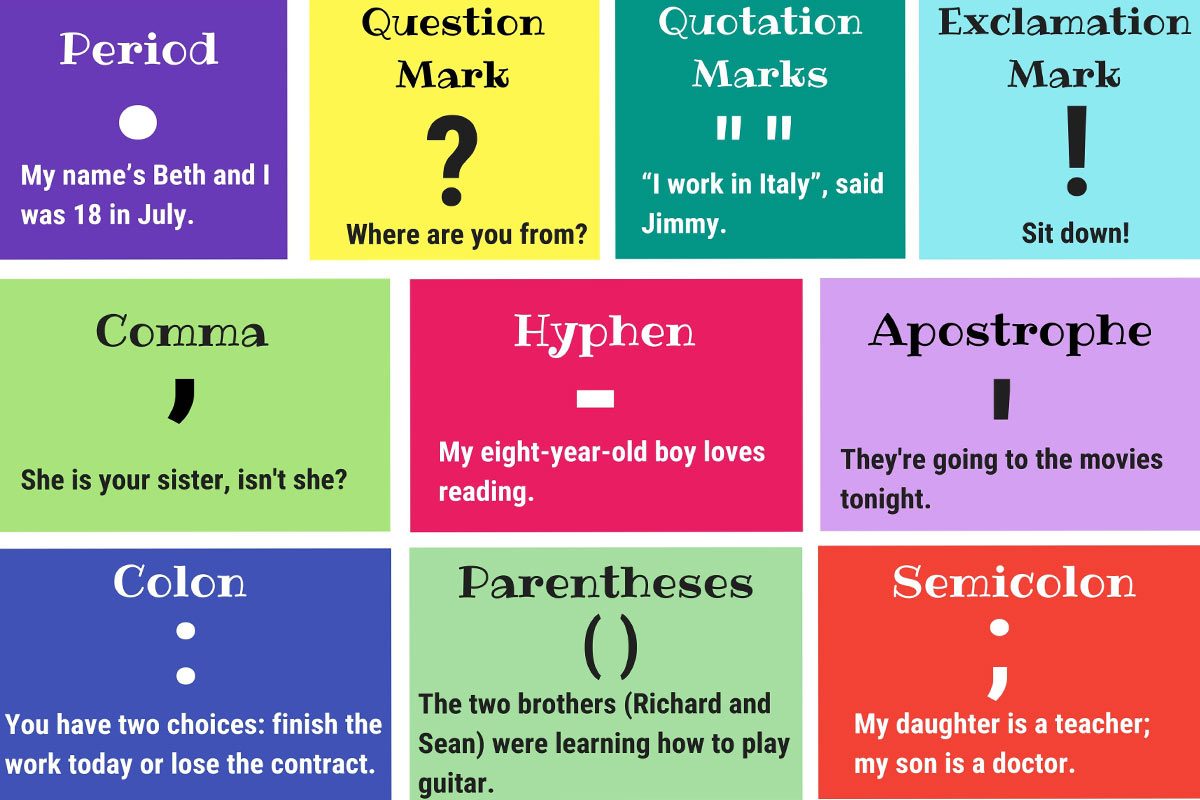
Bài tập 1: Mỗi câu sau đây đều có lỗi sai về dấu câu, hãy sửa lại cho đúng
- While companies A and B saw waste output fall over the 15 year period. The amount of waste produced (by company C) increased considerably.
- By contrast; company C saw an increase in waste production of approximately 4 tonnes, over the same 10 year period.
- Well paid employees are likely to be highly-motivated to work hard
- In 2008; British parents spent an average of around (£20) per month on their children sporting activities.
- In 2005, 42% of school A pupils found it difficult to follow instructions whereas only 6% of pupils in school B experienced this problem.
- Hollywood blockbusters like Avatar or Avengers are examples of big budget movies.
- Brighton and Hove saw the second biggest increase 109% in the number of residents cycling to work
Bài tập 2: Sử dụng các dấu câu trên điền vào chỗ trống trong các câu sau đây.
(Một số chỗ trống có thể không cần dùng dấu câu)
- In my opinion __ parents are responsible for teaching their children values like kindness __and compassion.
- Scientists have been warning us about the effects of climate change for years yet __many people have chosen not to listen
- Immigration isn’t a black and white issue __it’s actually much more complicated than most people think.
- The process of making plastic products can be divided into three main stages __the production of long molecules from raw materials__the transformation from molecules to mould __and the handling of the finished product.
- When faced with difficult situations, people always have two choices __ run away or fight.
- Elderly people teach us values __traditions __and how to deal with life experiences.
- At this stage of the process__colours are added__and the pots are then fired for the second time in another kiln to become fully shaped__coloured ceramic pots.
- The mixture is left for fermentation for 2 days __48 hours__and subsequently liquidised __with solid wastes being released as by-products.
- The Internet is a growing market for advertisers__More people each and every year get their news from the Internet.
- More than one__third of household __expenditure in Japan was on housing.
Xem thêm: Every day là thì gì? Tất tần tật về every day trong tiếng Anh
Đáp án
Bài tập 1
- While companies A and B saw waste output fall over the 15-year period, the amount of waste produced by company C increased considerably.
- By contrast, company C saw an increase in waste production of approximately 4 tonnes over the same 10-year period.
- Well-paid employees are likely to be highly motivated to work hard.
- In 2008, British parents spent an average of around £20 per month on their children’s sporting activities.
- In 2005, 42% of school A’s pupils found it difficult to follow instructions, whereas only 6% of pupils in school B experienced this problem.
- Hollywood blockbusters like ‘Avatar’ or ‘Avengers’ are examples of big-budget movies
- Brighton and Hove saw the second biggest increase (109%) in the number of residents cycling to work
Bài tập 2
- In my opinion, parents are responsible for teaching their children values like kindness, and compassion.
- Scientists have been warning us about the effects of climate change for years, yet many people have chosen not to listen.
- Immigration isn’t a black and white issue; it’s actually much more complicated than most people think.
- The process of making plastic products can be divided into three main stages: the production of long molecules from raw materials, the transformation from molecules to mould, and the handling of the finished product.
- When faced with difficult situations, people always have two choices: run away or fight.
- Elderly people teach us values, traditions, and how to deal with life experiences.
- At this stage of the process, colours are added, and the pots are then fired for the second time in another kiln to become fully shaped, coloured ceramic pots.
- The mixture is left for fermentation for 2 days (48 hours) and subsequently liquidised, with solid wastes being released as by-products.
- The Internet is a growing market for advertisers: More people each and every year get their news from the Internet.
- More than one-third of household expenditure in Japan was on housing.
Bài viết trên đây đã cung cấp các loại dấu câu và cách sử dụng trong tiếng Anh. Hãy sử dụng những dấu câu này một cách hợp lý nhé! Unia.vn chúc các bạn học tốt.




